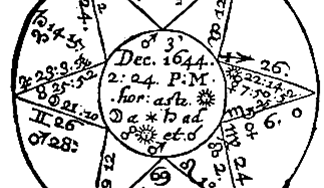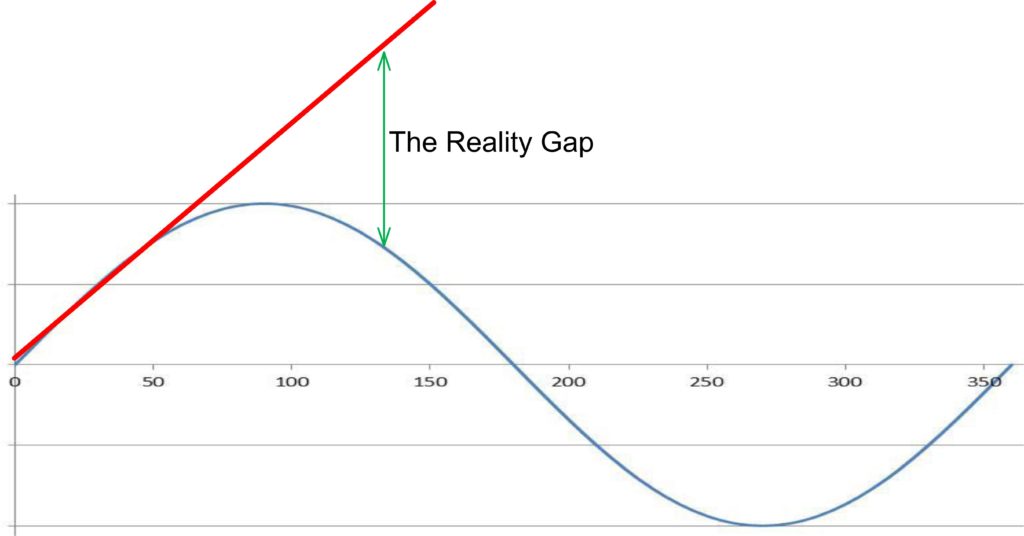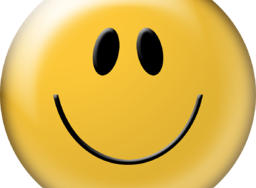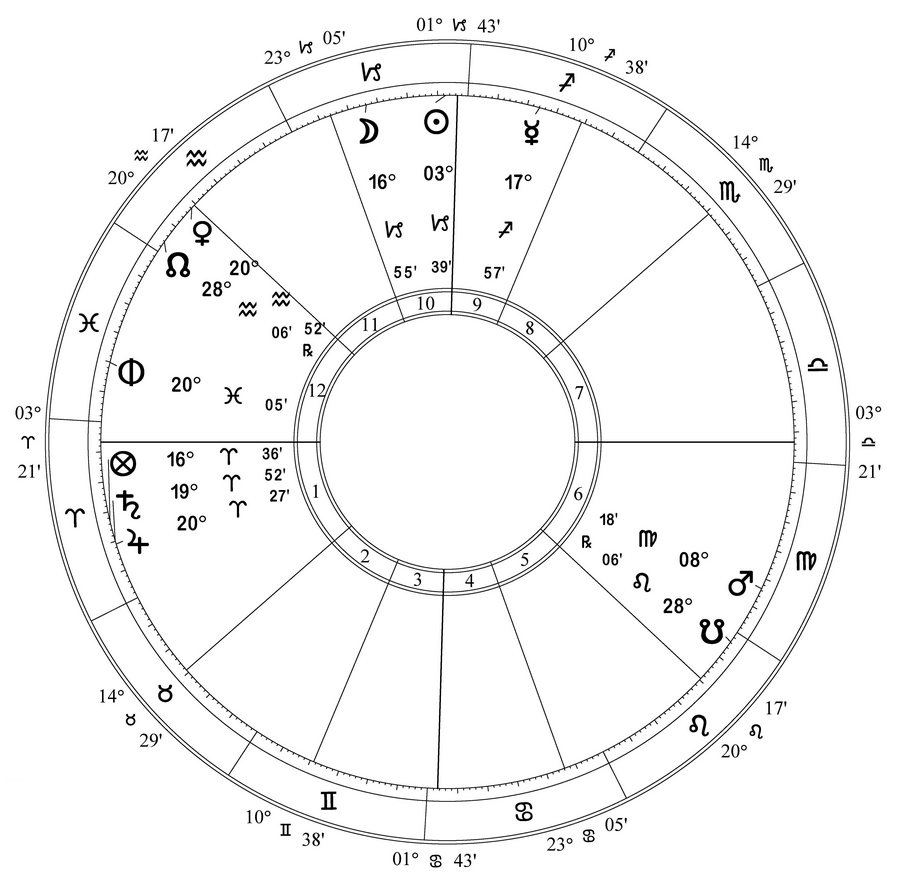The difficulty with exploring Saturn being feminine as a possible earlier and alternate form of astrology tradition lies precisely in the fact that it is earlier and alternate, and hence we have very few surviving written references. Like the work that has been done by feminist theologians in recovering a tradition of the feminine as divine, much of the work is as much reconstruction as it is recovery.
There are very few traditional astrology texts that refer to Saturn as feminine. Besides that one sentence in Dorotheus that I talked about in my first post on the subject of Saturn as feminine, there are another handful of sentences that I am aware of, scattered here and there through the hundreds of traditional texts that have come down to us.
As far as I can tell, if you rely solely on traditional astrology texts, the traditional support for viewing Saturn as feminine is very slight. Let’s acknowledge that up front.
The historical case for Saturn as feminine is greatly strengthened if there is evidence of a spiritual tradition alive in the West that consistently associates the planet Saturn with feminine symbols, . As it turns out, there is such a spiritual tradition, related to astrology, and passed down to us along similar lines, that has a strong history of associating Saturn with feminine meanings and imagery, and we will examine just a little bit of that tradition here.
It is known as Qabalah.
Continue reading “Saturn and Qabalah”



 Astrology conceives of reality in terms of repeating cycles of growth and change – alternating opposites like light and dark, summer and winter and so on – and of ongoing cycles through time, of birth, growth, flourishing, decline, death and decay, followed in a collective sense by a rebirth, and so on. that is represented by the sine wave.
Astrology conceives of reality in terms of repeating cycles of growth and change – alternating opposites like light and dark, summer and winter and so on – and of ongoing cycles through time, of birth, growth, flourishing, decline, death and decay, followed in a collective sense by a rebirth, and so on. that is represented by the sine wave.


